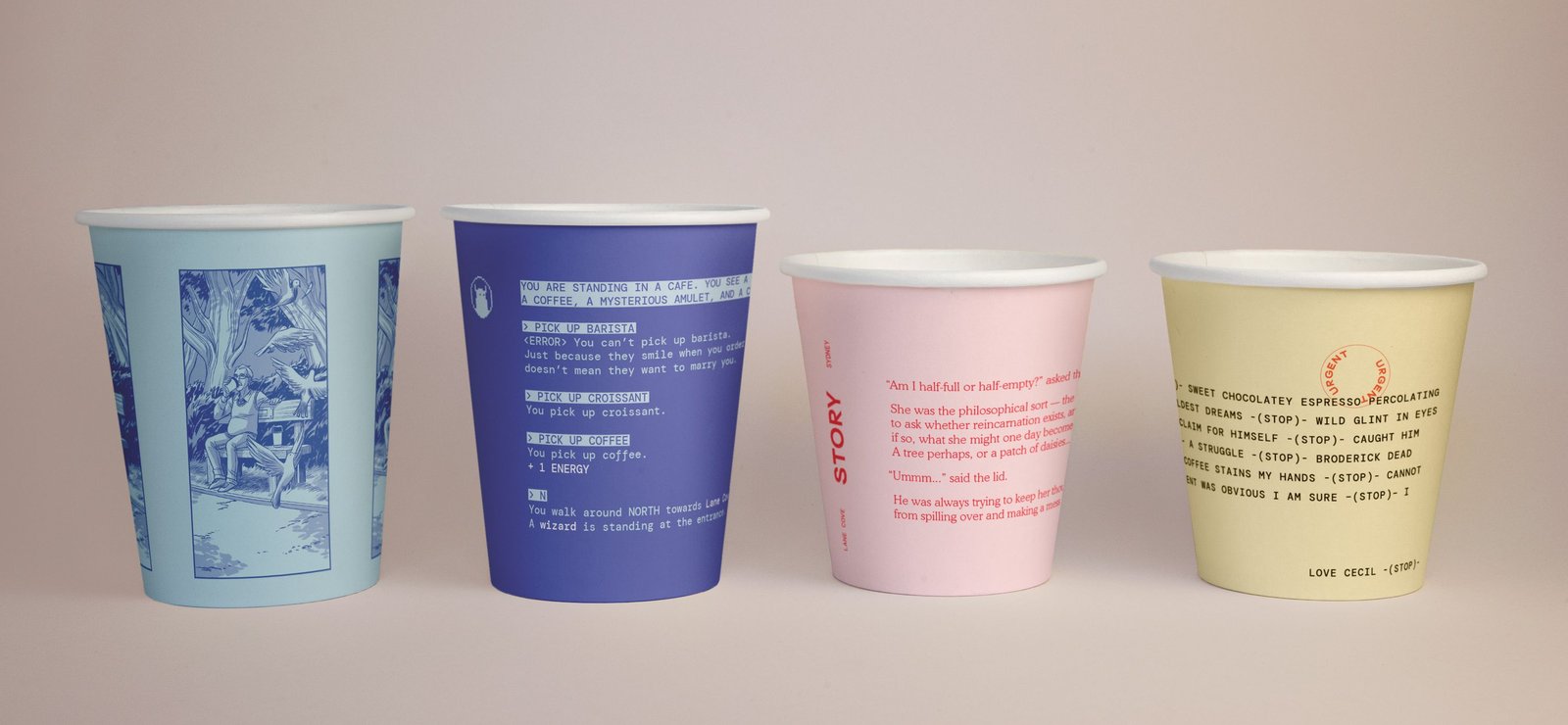How Doja Cat’s music video got girls to code
Girls Who Code wants to close the gender gap in tech by getting girls interested in coding. To help introduce them to the world of code, rapper and popstar Doja Cat was brought in to make the first ever codeable music video. DojaCode worked with Mojo Supermarket to turn Doja's hit single Woman into an interactive experience that allows visitors to the site to direct the music video while introducing them to three coding languages: CSS, Javascript and Python.
Motivating teenage girls to code
Women are seriously underrepresented in software, and coding is still often not presented to young women and girls as a desirable career path. Tasha Cronin, Head of Production at Mojo Supermarket, tells us, “If we want to change what the future of the world looks like, we need to get more women involved in the tech industry.” Rather than trying to convince teenagers to take coding lessons, Mojo Supermarket put content in front of them that they would naturally want to engage with, and “sneak in a coding lesson.”
Being a good collaborator
With a tight four weeks to execute and different parties with different objectives, a smooth collaboration was crucial. Cronin says that it was key to understand everyone’s priorities, to decide what to safeguard, what to push for, and how to ensure everyone’s voice was heard in the collaboration.
The key to producing
Cronin advises emerging producers to try and “reserve your use of the word ‘no’”. Instead, she suggests having a one-to-one with creatives to work out what they love about a particular idea. From there, you can explain the parameters you all need to work to, and suggest a slightly different way to achieve key objectives. Cronin concludes, “It doesn’t have to be the Grand Canyon, it can probably be another big hole in the ground, and creatives are going to be open to that.”
























